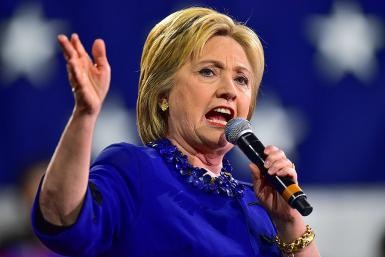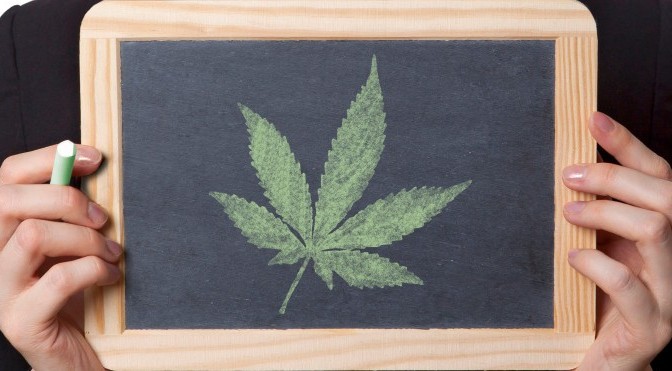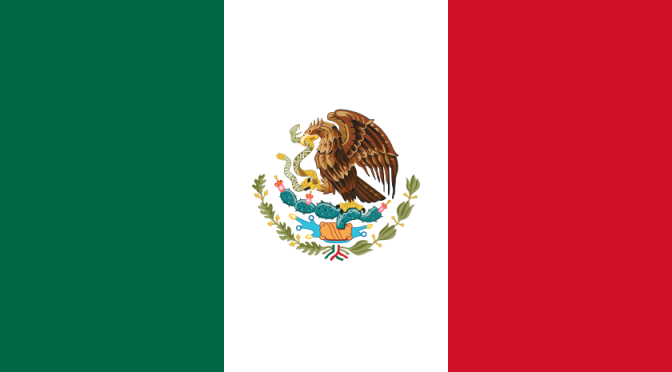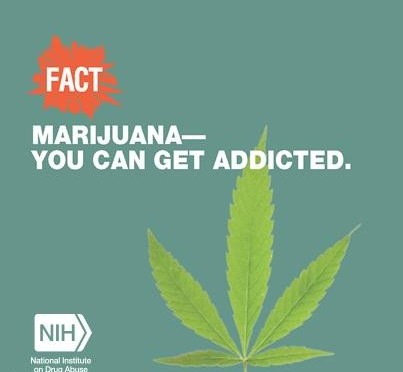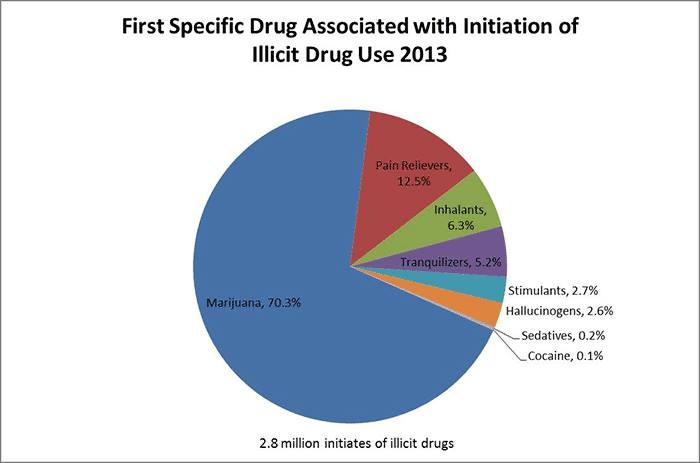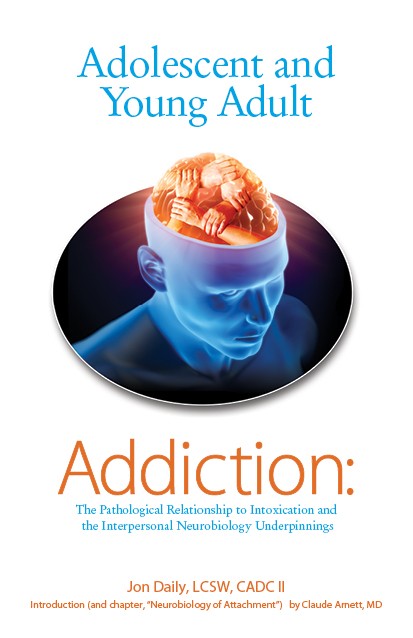By Jeffrey Zinsmeister, Deputy Director, Smart Approaches to Marijuana The article is reprinted from the University of Florida Drug Policy Institute, part of the Department of Psychiatry in the College of Medicine. Learn more about the institute at http://drugpolicyinstitute.psychiatry.ufl.edu/.
The debate over marijuana legalization has filtered south from the United States to Mexico, in a sort of counter-migration to the flow of the drug itself. As legalization measures have passed in U.S. states, some members of the Mexican intelligentsia have started to market these same policies as a solution to that country’s violent struggle with the narcotics trade.
Despite legalization’s unpopularity in Mexico, the successful referenda in Oregon, Alaska, and Washington, D.C. appear to have created enough political momentum to force the Mexican government into the debate. Just after the American mid-term elections, Manuel Mondragon y Kalb, that country’s equivalent of the U.S. “drug czar” (and legalization opponent), agreed to open a nationwide debate on the subject.
Unfortunately, this copycat approach represents just another imported solution unsuited to Mexico, as likely to succeed as the 1980s-era U.S. “war on drugs.” State-sanctioned marijuana will not solve Mexico’s public safety problems. Instead, it is likely to create new marijuana users, producing a robust legal Mexican market for the substance that the cartels will co-opt and corrupt. And as a bonus, those new users are certain to overburden the underfunded Mexican public health system.
In other words, legalization is unlikely to affect the key role corruption plays in narco-violence. As recent events in Guerrero demonstrate, a number of Mexican officials have deep and long-standing connections with organized crime. Legalizing the product that these organizations sell will not change that relationship. Mexicans instinctually know that corruption is the key, an attitude expressed in the protests and violence of the last months. They would do well to follow their gut here and reject legalized marijuana as a cure-all.
What Happens if You Legalize a Drug that Nobody Uses?
Many in both Mexico and the United States alike label prohibitionist policy as an import from the developed world, something foreign to Mexican reality. But if that is so, legalization is also an import, one whose germ is the desire of Americans and Western Europeans to get a legal high.
It is therefore not surprising that marijuana legalization remains deeply unpopular in a more traditional society like Mexico’s. A 2014 poll by the research arm of the Mexican legislature indicated that 70% of Mexicans oppose legalization, in sharp contrast to U.S. opinions. In part, that may be because most Mexicans simply do not use the drug. According to the most recent official statistics, in 2011 just 1.2% of Mexicans between 12 and 65 years old had used marijuana during the last year. Moreover, this relative disinterest in the drug had not changed in a statistically significant way since 2008.
Ironically, those most likely to use marijuana in Mexico—and those most likely to fuel a growth in marijuana use nationwide—are adolescents, the very demographic that even marijuana legalizers agree should not use the drug. In Mexico City, 12.2% of middle and high school students reported using the drug in the last year, a number well above the average across all age groups.
Back in the United States, legalization in Colorado—vanguard of the movement—already appears to have increased marijuana use. There is no reason to believe that legalization would not have the same effect in Mexico. In fact, the impact of legalization is likely to be more serious south of the border given that addiction treatment resources there are insufficient even for the country’s low rate of illegal drug use. In 2013, Mexico’s public health care system received US$90 million to run primary addiction treatment centers in a nation of 112 million people. According to the then-Mexican drug czar, Dr. Fernando Cano Valle, “even double or triple that amount wouldn’t be enough to attend to all those with addiction problems, including problems with marijuana use.”
Given all this, does it really make sense for Mexico to legalize a harmful substance that Mexicans largely do not use? And by extension, do legalization advocates really want to create a market for that substance, when Mexico doesn’t have the re-sources to treat the new addicts that will be produced?
New Markets for Marijuana Mean New Markets for Cartels
Nonetheless, many Mexican legalization advocates focus on legalization as a way to reduce the influence of drug cartels in the country, and see the health-related risks as a regrettable but unavoidable side effect. But state regulation of the marijuana trade will not automatically sideline the cartels, which can just as easily infiltrate lucrative legal markets. Those that still remember the U.S. Government’s fight against its own mafias know how hard it was to eliminate their influence from the highly regulated gaming industry in Las Vegas. (In fact, the gangster Benjamin “Bugsy” Siegel, responsible for building the legendary Hotel Flamingo, also set up a narcotics business in Mexico.)
Accordingly, having the state play drug dealer does not mean that the cartels will just vanish from the scene. Rather, given the levels of corruption in Mexico, the cartels will co-opt the state regulatory authorities to continue making money. Those in charge of a state-regulated system in Mexico will not find it easy to keep the cartels from buying out their subordinates, given the amount of money at stake. Organized crime has thoroughly penetrated a number of profitable legal industries in Mexico, from iron ore mining to the more quotidian valet parking business. Given that experience, is it reasonable to think that, with such large profits on the table, the cartels will not do everything in their power to corrupt a legalized Mexican narcotics trade? And is it reasonable to think that they won’t resort to violence as a means to that end?
Such a scenario will likely not surprise Mexicans, who understand just how connected the police and cartels are (and have been for decades). In the wake of the recent scandal in Iguala, Guerrero, where a mayor enlisted both police and traffickers to disappear 43 politically inconvenient students, Mexicans have taken to referring to the “narcoestado” that runs their country. The narcoestado represents the symbiosis of corrupt officials and drug traffickers, where the former tolerates the latter in exchange for cash and influence. That symbiosis, and not the illegality of drugs themselves, is the perpetual-motion machine that drives Mexican organized crime.
Making a state with pervasive corruption problems responsible for the marijuana market will not magically remove drug traffickers from the equation. Instead, it will just create a lucrative, legal Mexican market for the cartels and corrupt officials to divvy up. The money a legal marijuana industry generates will make it politically untouchable. Moreover, the cartels will reinvest their cut of the profits in other illegal trades, such as human trafficking, extortion, or arms dealing. The only real losers are ordinary Mexicans, who will confront the consequences of exploding drug use alone, without sharing in the financial windfall that some of their public servants will surely reap.
In Mexico, the Path to Legalization is Paved with Good Intentions
At the end of the day, the principal objectives of Mexican legalizers are understandable: to create a safer country and provide alternatives to jailing drug addicts. I don’t object to those goals—I just object to the means they propose to achieve them.
Legalization will likely not have the consequences its Mexican proponents anticipate. In terms of public health, the number of drug users will increase without sufficient resources to help them. In addition, more drug users means more crime related to drug use, such as driving under the influence, as well as secondary health effects such as respiratory problems.
Nor is legalization likely to strike a blow against the narcoestado. If anything, it will make the embrace of organized crime and government that much tighter as Mexican demand for marijuana grows. So instead of just selling drugs in the United States, the Mexican cartels will enjoy a larger market closer to home.
Any solution to organized crime in Mexico must come from within. As long as many Mexican officials collaborate with drug traffickers, the narcoestado will endure—a sentiment reflected in the demonstrations that have paralyzed the Mexican capital. The sheer challenge of rooting out corruption and replacing it with a culture of lawfulness is likely what drives many to seek quick fixes like legalization. While that sentiment is understandable, like most quick fixes it will ultimately prove counterproductive.
Perhaps legalization is an appropriate policy for a country like the United States, with lower levels of corruption, higher levels of disposable income, and a culture more open to drug use — although I do not personally believe it. But in Mexico, lasting solutions to the drug problem must be Mexican, appropriate to the country’s unique culture and politics. Otherwise, legalizers will just be paving the road to failure with their own good intentions.
Originally published for the Drug Policy Institute of the University of Florida’s College of Medicine, when Zinsmeister was a non-resident Fellow. Zinsmeister has been working on narcotics and corruption-related issues since 2011. He served as a Narcotics Affairs Officer with the U.S. Department of State from 2012 to 2014, where he was responsible for over $50 million in drug demand reduction and anti-corruption programs in Mexico, including funding for that country’s first drug treatment court. He holds an A.B. in Social Studies from Harvard College, and a J.D. from the UC Berkeley School of Law.

